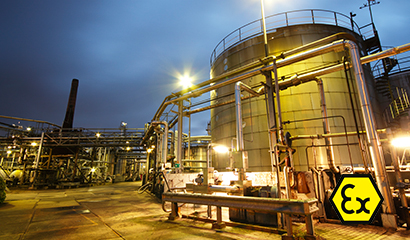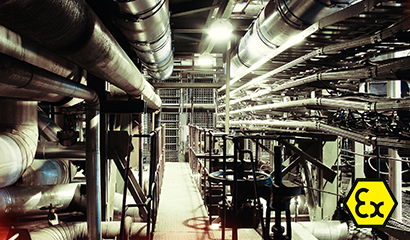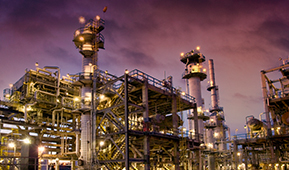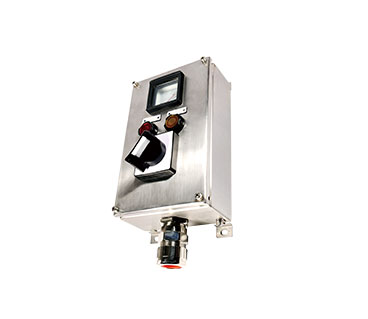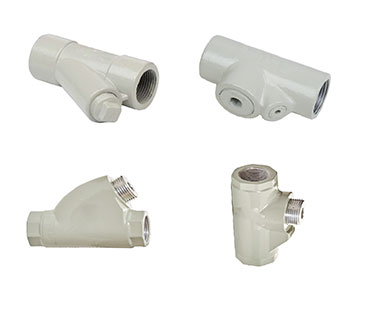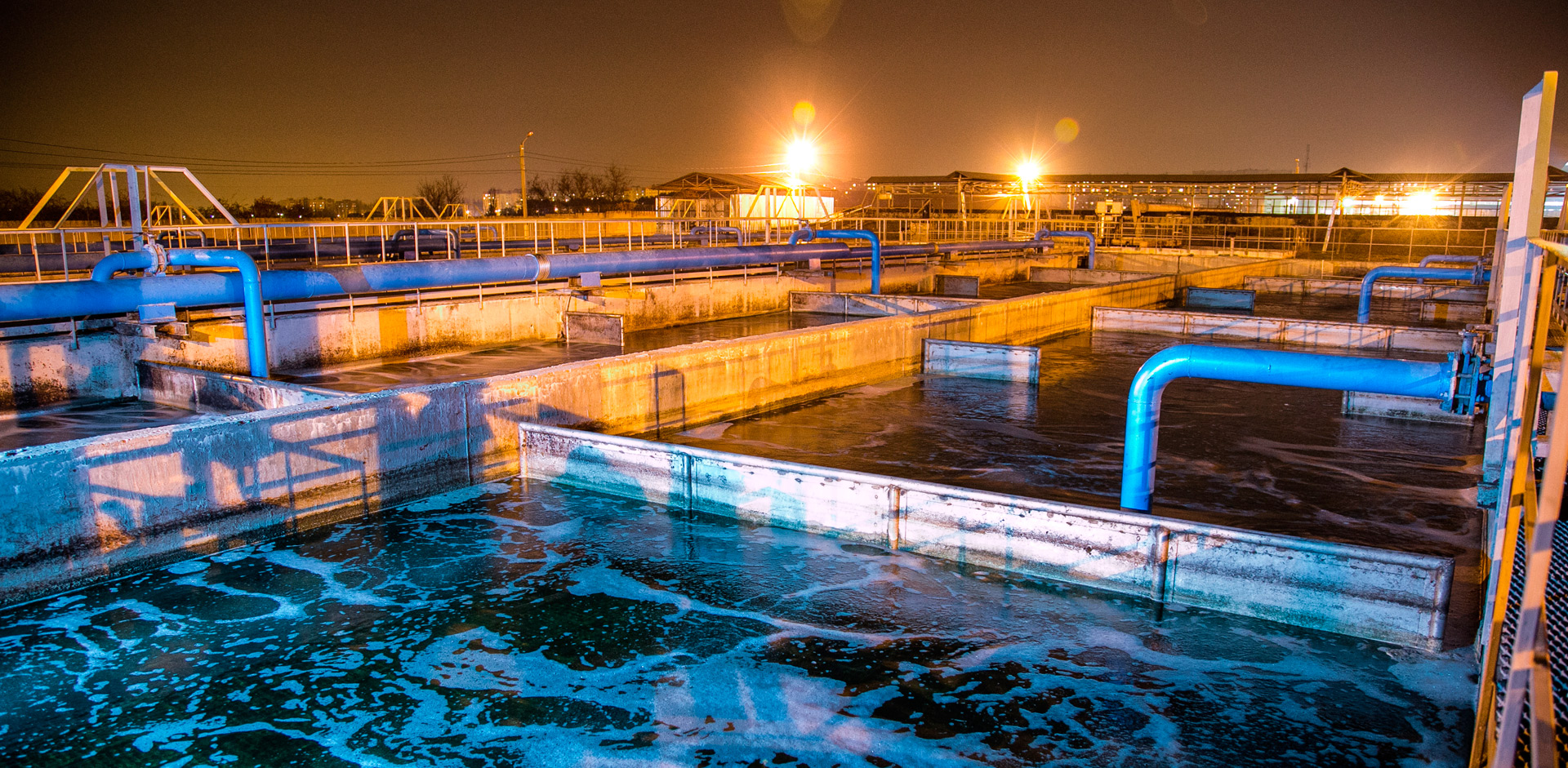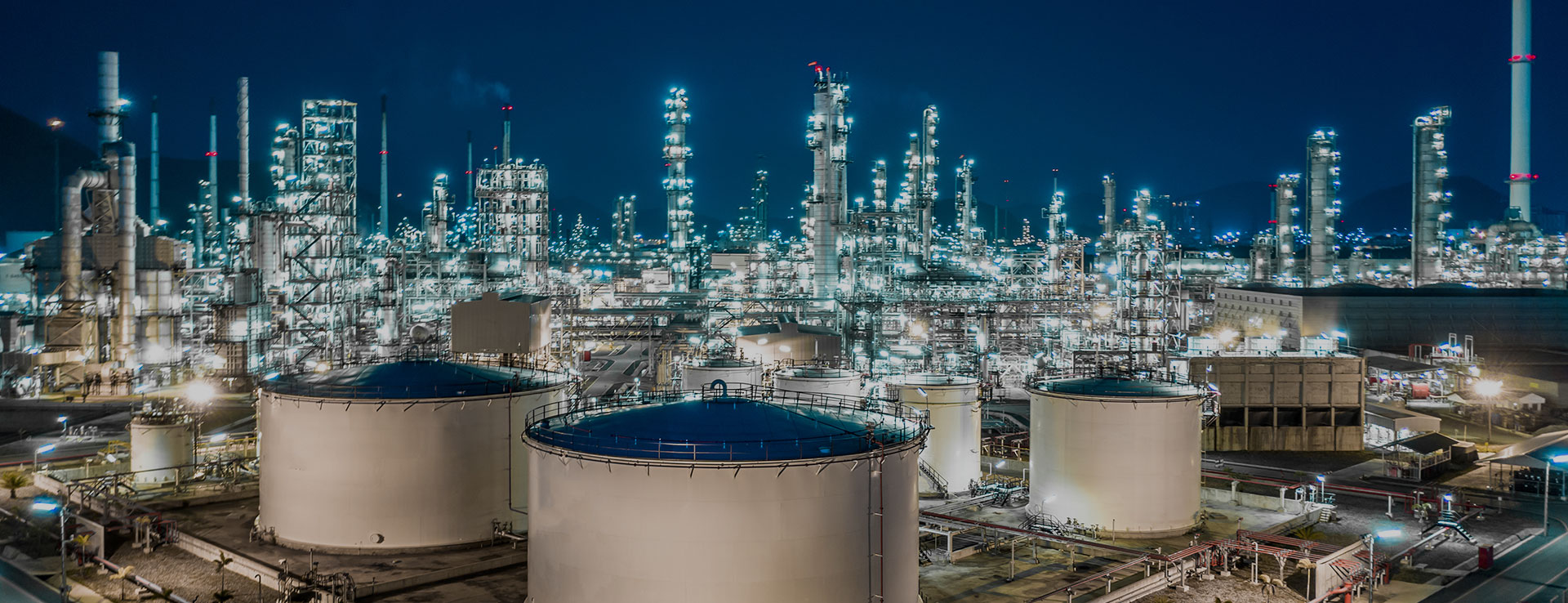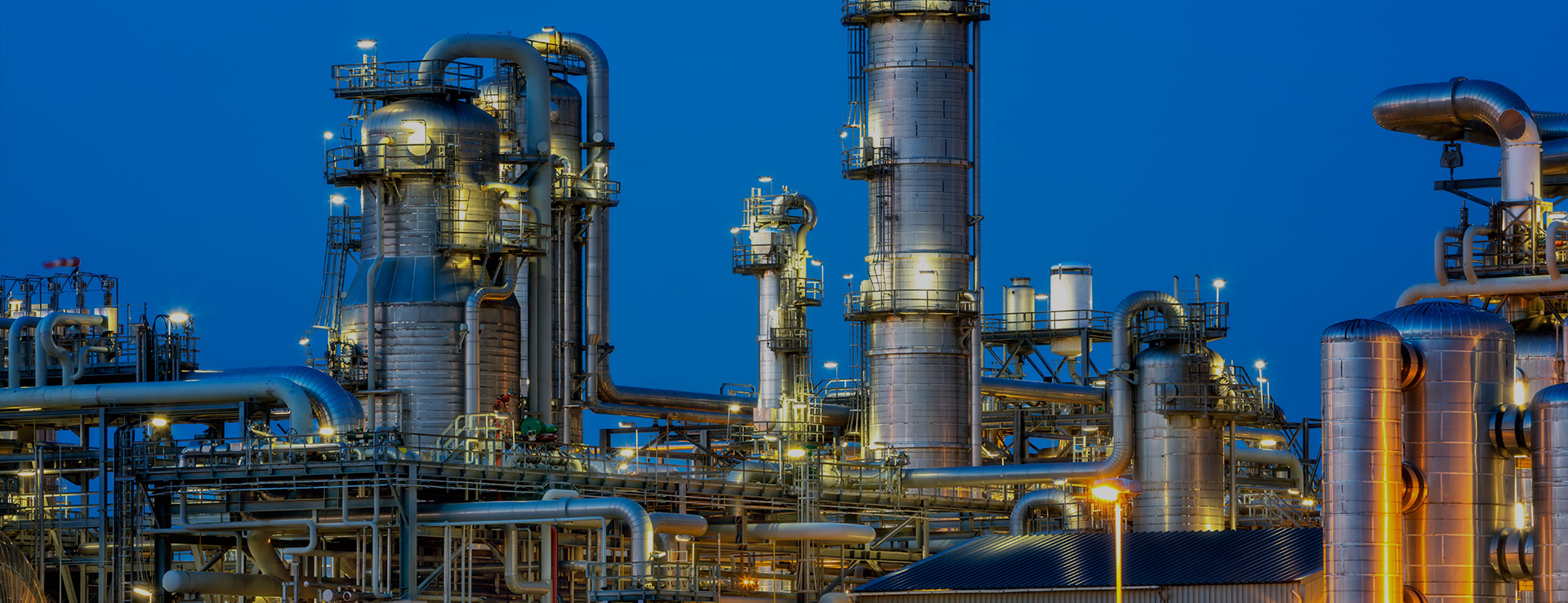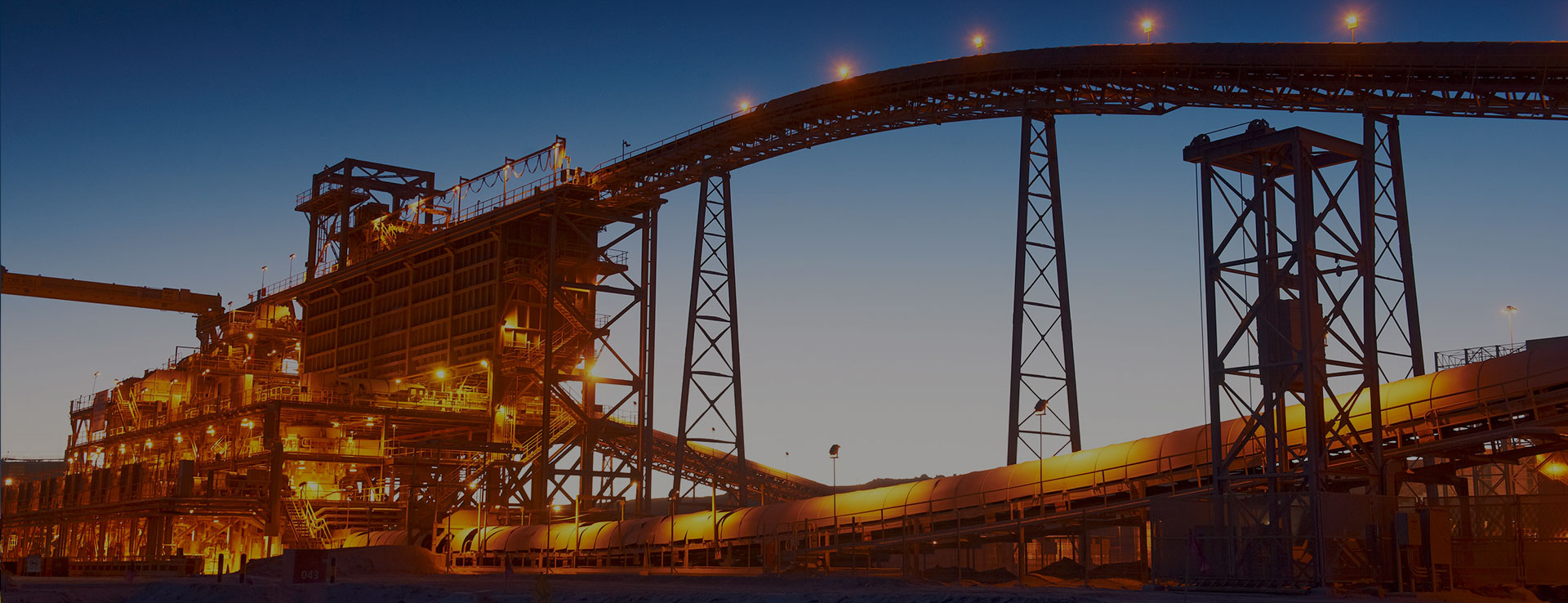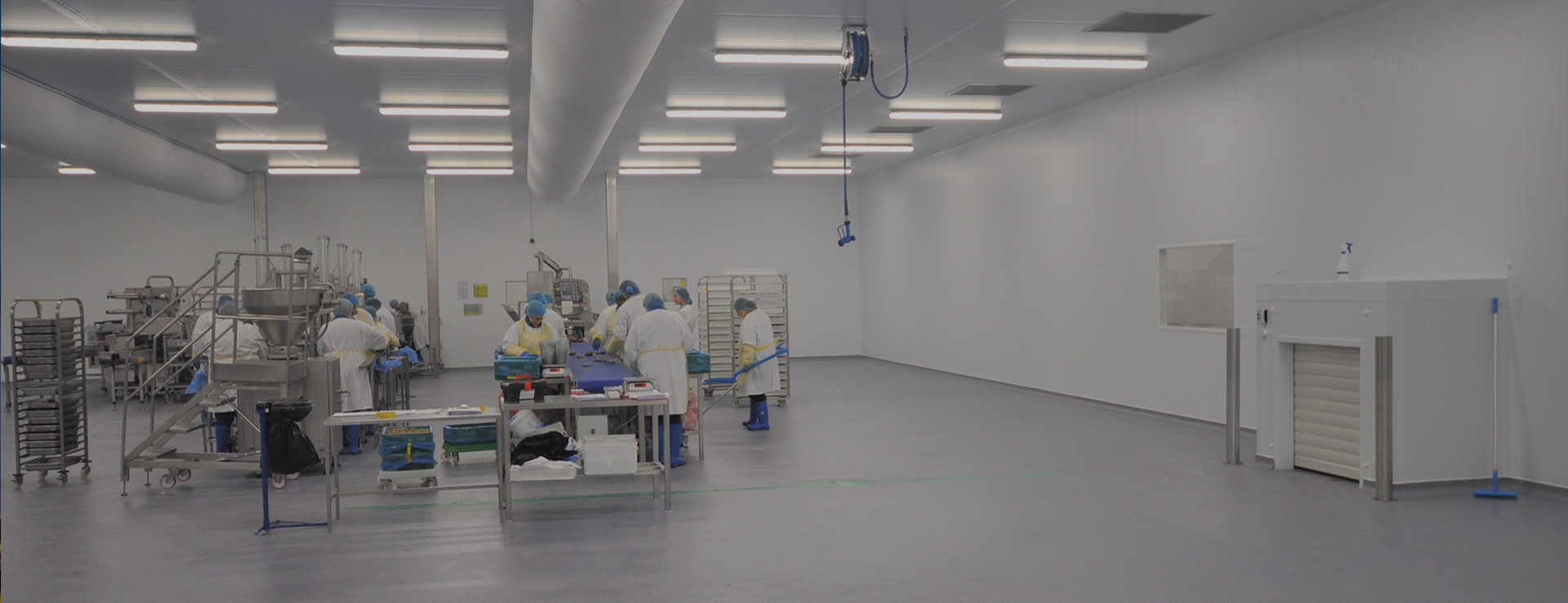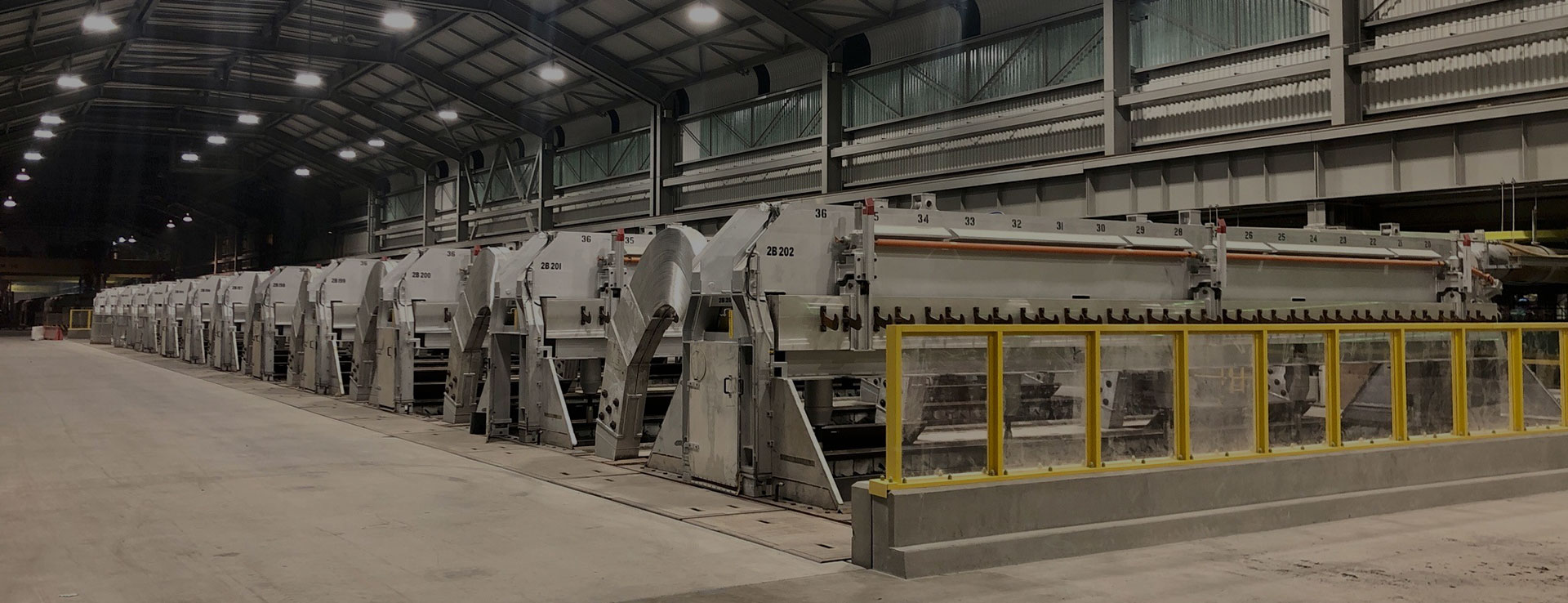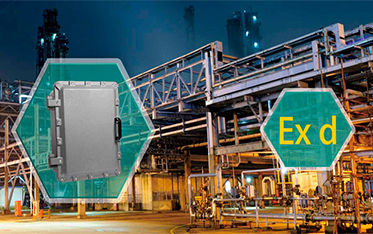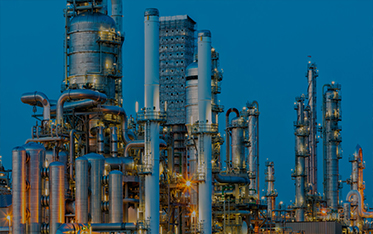In daily life, switches are one of the common electrical devices we encounter. Although ordinary switches and explosion-proof switches appear similar in function, they have significant differences in safety, usage environment, functionality, and structure. The following details the differences between explosion-proof switches and ordinary switches.
Safety Differences
The primary characteristic of explosion proof switches is their excellent safety. Explosion-proof switches are specially designed to effectively prevent explosions caused by arcs, sparks, or high temperatures. In flammable and explosive environments, explosion-proof switches can ensure safe operation, avoiding the ignition of potentially flammable gases or dust in the surrounding environment. Ordinary switches, on the other hand, do not have explosion-proof designs and cannot be used in hazardous explosive environments, thus posing significant safety risks in certain industrial fields.
Applicable Environments
Explosion-proof switches are designed for harsh and dangerous working environments, widely used in fields such as coal mining, petroleum, chemical industries, wood processing, cement production, and sewage treatment. These locations often have dangerous factors like flammable gases and combustible dust. Explosion proof switch can effectively ensure safety during equipment operation. In contrast, ordinary switches are suitable for general environments and can usually not withstand the challenges of these specific environments, failing to meet the safety requirements of special places.
Functionality and Structural Design
The functionality and structural design of explosion-proof switches are unique, possessing higher technical content. To ensure safe and reliable operation in explosive environments, the structure of explosion-proof switches typically uses high-strength materials, such as aluminum alloy die-cast housings, which provide excellent corrosion resistance, waterproofing, and dustproof functions. Additionally, many explosion-proof switches are equipped with overload protection, short-circuit protection, and other functions, further enhancing their safety and reliability. In comparison, ordinary switches have relatively simple structures, with basic materials and functions, unable to meet special safety requirements.
The biggest difference between explosion-proof switches and ordinary switches lies in their safety, usage environment, functionality, and structural differences. Explosion-proof switches are specially designed for specific environments to effectively prevent explosions, and are widely used in hazardous industrial locations. Ordinary switches, on the other hand, are suitable for general environments and cannot meet the safety requirements of special places. Therefore, when choosing switches, one should select the appropriate type according to the safety requirements of the specific usage environment to ensure the safety of equipment and personnel.


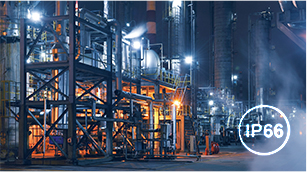
 ATEX/IECEx Standard
ATEX/IECEx Standard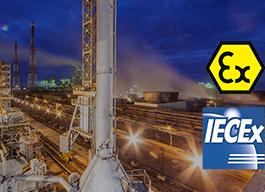
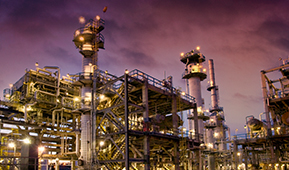 Each member of the SUREALL team works hard to save energy, reduce budget, maximize durability, bring success to every project for every customer. Here are just a few examples of how we've impacted the markets we're proud to serve.View More +
Each member of the SUREALL team works hard to save energy, reduce budget, maximize durability, bring success to every project for every customer. Here are just a few examples of how we've impacted the markets we're proud to serve.View More +
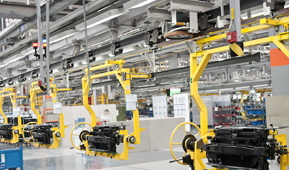

 English
English  Español
Español  português
português  русский
русский  日本語
日本語  العربية
العربية  français
français  Deutsch
Deutsch  한국어
한국어  italiano
italiano  Malay
Malay 